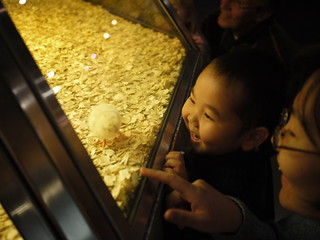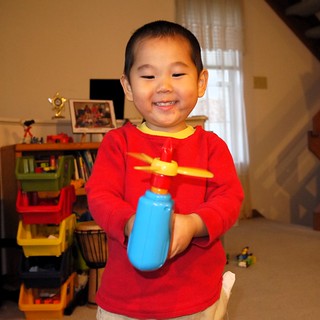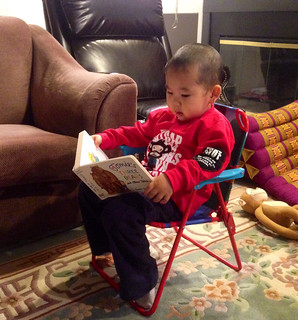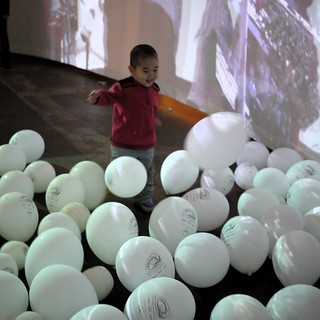 Open Government: Collaboration, Transparency, and Participation in Practice
Open Government: Collaboration, Transparency, and Participation in Practice by
Daniel Lathrop
My rating:
4 of 5 stars
Open Government is a set of essays about the role of government in providing information. The premise is that government collects all types of data, then distributes it, in effect reducing the cost of information that leads to inefficiencies. But because government, like any commercial company, cannot predict how information can or needs to be used, the argument is that it should follow the lead of Web 2.0 type companies and open up its information systems so that its clients (i.e. private citizens) can access the information already collected and figure out for themselves how to use it.
The essays are all about working with government information systems at some level. While the tone of many of the essays is optimistic and idealistic to an extreme, this is balanced by the number of authors who have actually implemented something at some level. There are a range of private activists, government agencies, political operatives (both Democratic and Republican), and people that need to use government data to do their business. The range of access they describe ranges from communications (using social media such as Twitter as a means of receiving and disseminating messages) to data APIs that allow others to develop applications with based on government collected data.
The main theme is that part of the role of government is to gather and disseminate information. But, very much like the Web 2.0 companies have found, providing an end service is nice, but you can increase your value to your customers by exposing the information in a way that others can figure out how to use it. In the case of government data, instead of the government agency determining what types of summaries are useful, enable access to the raw data so that people can create their own summaries and reports, to further their own ends making greater use of the data that the government put so much effort into collecting and recording. Similarly, instead of only having limited ways of gathering information, government can take advantage of capabilities in internet communications to allow citizens to communicate with the government and process that in the same ways that data analysts process the interactions between private companies and their customers. Making it easy to communicate with the government and using the results of that communication to make government more effective should be possible in the same ways that private companies have been able to do the same.
I'm peripherally associated with an effort to make government collected and distributed data usable, in our case a non-government organization. And a big part of this experiment is to see what can we do now that we have taken this data, that was published on government websites in a non-usable form, and converted it into usable, computer readable, forms. I will have a class of students who are going to find out, and see first hand the issues discussed in this book.
Notice: I received a free electronic copy of this book through the OReilly Press Blogger Program.
 View all my reviews
View all my reviews
 The Essential Sheehan: A Lifetime of Running Wisdom from the Legendary Dr. George Sheehan by George Sheehan
The Essential Sheehan: A Lifetime of Running Wisdom from the Legendary Dr. George Sheehan by George Sheehan










